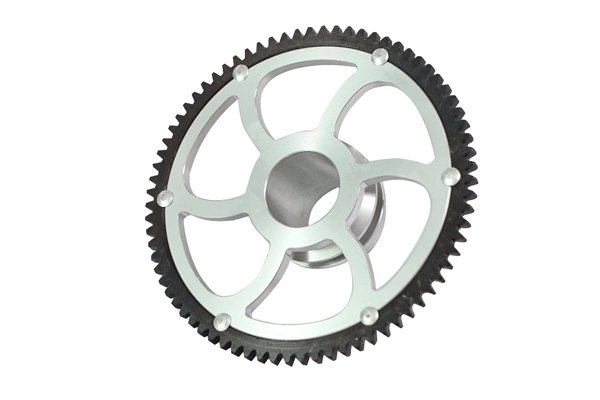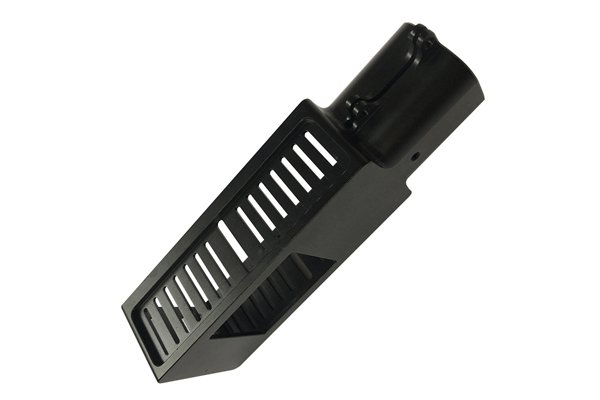Introduction: The Rise of CNC Titanium Machining
Imagine you’re an engineer racing against time, tasked with designing a lightweight yet robust component for a cutting-edge aerospace project. As you sift through materials, titanium catches your eye. Why? Because it’s not just strong; it’s also corrosion-resistant and surprisingly light. But here’s where things get tricky. How do you transform that raw titanium into a precision part that meets all those demanding specifications? Here’s where CNC (Computer Numerical Control) machining steps in, turning this dream into a reality.
In this expansive guide, we’ll dive deep into the world of CNC titanium machining. We’ll explore what it is, how it works, its unparalleled advantages, and where you typically find it in the industry. By the end of this journey, you’ll not only understand CNC titanium machining but also appreciate its vital role in various sectors. So, buckle up; we have a lot to cover!
—
What is CNC Titanium Machining?
CNC machining refers to a manufacturing process that utilizes computer software and controls to operate tools like lathes, mills, routers, and grinders. When titanium is involved, the process gets a tad more specific. CNC titanium machining is the art of removing material from a solid block of titanium to create intricate parts with precision. Think of it like sculpting a fine statue from a massive block of marble—only here, precision is key, and the stakes are often much higher.
How Does the CNC Process Work?
Now, let’s break down the CNC machining process for titanium, which involves several steps:
Why Choose Titanium?
Before we delve deeper into CNC machining, let’s pause for a moment and ask ourselves: Why is titanium such a popular choice for manufacturing, especially in critical applications?
Advantages of CNC Titanium Machining
Alright, let’s get to the meat of the matter. What makes CNC titanium machining the go-to choice for so many industries? Here are some compelling advantages:
Applications of CNC Titanium Machining
Now that we understand what CNC titanium machining is and its myriad advantages, let’s take a closer look at the industries and applications that benefit from this technology.
Aerospace Industry

When it comes to aerospace, performance is non-negotiable. Components need to be lightweight yet exceptionally strong. From turbine blades to landing gear components, CNC titanium machining ensures that every part meets stringent safety and performance standards.
Medical Devices
Titanium’s biocompatibility makes it a star player in the medical field. CNC machining is employed to create surgical instruments, orthopedic implants, and dental fixtures, ensuring precision and durability.
Automotive Industry
High-performance vehicles demand parts that can withstand harsh conditions. Titanium is often used for exhaust components, connecting rods, and suspension parts, where strength and weight-saving are crucial.
Marine Applications
Given its corrosion resistance, titanium is frequently used in marine environments. CNC titanium machining helps produce components for submersible vehicles, offshore structures, and marine hardware.
Challenges in CNC Titanium Machining
While CNC titanium machining boasts numerous advantages, it also comes with its own set of challenges. Here are a few to keep in mind:
Best Practices for CNC Titanium Machining
If you’re venturing into the realm of CNC titanium machining, consider these best practices to enhance production quality and efficiency:
Future of CNC Titanium Machining
As industries continue to evolve, the demand for precision components manufactured from titanium will only grow. The advent of technologies like additive manufacturing (3D printing) presents exciting opportunities for CNC processes. Imagine a future where you can combine traditional machining with 3D printing methods to create even more complex designs—this integration is not far off!
Moreover, with sustainability becoming a key focus, there’s potential for new techniques that minimize waste and maximize material usage. CNC titanium machining is poised to remain at the forefront of innovation, setting a standard for quality and precision.
Conclusion: Embracing the Power of CNC Titanium Machining
And there you have it—a comprehensive overview of the fascinating world of CNC titanium machining. From its fundamental principles to its numerous applications and future outlook, we’ve explored why this technology is a game-changer across various industries.
As we look ahead, remember that the true power of CNC titanium machining lies in its ability to innovate and revolutionize how we approach manufacturing. Whether you’re an engineer, a business owner, or simply a curious reader, understanding this technology will empower you to navigate the challenges and opportunities it presents.
So, the next time you come across a titanium component, take a moment to appreciate the intricate CNC machining process that brought it to life. It’s not just metal; it’s a blend of precision, innovation, and relentless pursuit of excellence!
—
Feel free to expand, tailor, or modify content as needed! This piece sets the stage for a comprehensive exploration of CNC titanium machining that can resonate with readers, enhance SEO, and cultivate engagement.



